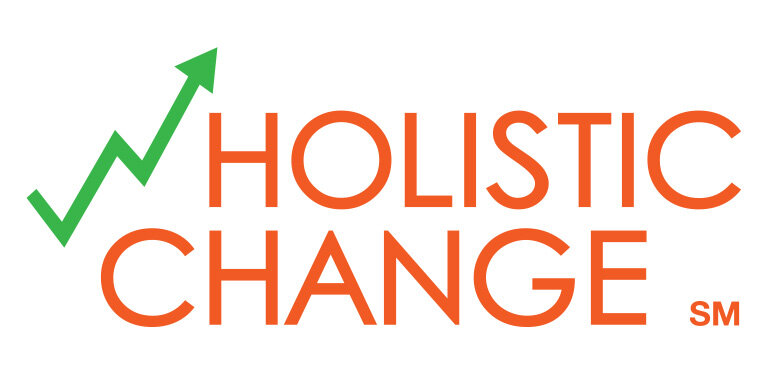As a consultant, I am always aware that when my job is done successfully, I leave. I love that aspect of consulting, because I am eager to go to the next challenge.But, when I have been leading a change effort and then I'm gone, what happens next? This is where the importance of building a continuous improvement team and setting them up for success comes into the spotlight. How do you accomplish that?Defined visionIt was the change team’s responsibility to define the future vision, and through the communication plan, and other activities, to drive that future vision outward and establish it as a shared vision. Or, at least if not shared, it was commonly understood with enough sponsorship to drive the vision.When you make the transition to continuous improvement, do what you can to guarantee that the defined vision will remain intact. One way to accomplish this is to have…Established sponsorshipAs part of the change effort itself, sponsorship was crucial to success. Equally important is sponsorship for the on-going continuous improvement. When the excitement and angst of the change has calmed down and what was new is now every day, it is very easy for things to slide backward or sideways. It will be the diligence of the continuous improvement team and their governance that will keep things on track.Sponsorship is needed to ensure that the continuous improvement team has the resources and credentials behind them to continue to have a voice that will be listened to within the organization. The voice of the continuous improvement team is heard as a result of having…Established leadershipThe structure of the continuous improvement team can take multiple forms -- a community of practice, a self-selected committee representing various interests, or a set of appointed representatives, among others.However the group is structured, there will need to be some element of leadership defined, however loosely. Who will be the person who will convene the continuous improvement team? Who will be the point of contact when a question / suggestion for improvement needs to be brought to the team?For the leadership and the continuous improvement team to be effective, they need…Defined authorityThe team will need to know what their span of control is. When the group is established, there needs to be a clear definition of what they will be empowered to do. Do they have the authority to make decisions and take action to make future improvements? If yes, is it broad authority, or only within a defined boundary?The connection the continuous improvement team will have with sponsorship needs to be established. Even if the team may have broad authority to act, they still need to communicate up. A sponsor can’t sponsor if they don’t know what is happening. Ongoing, defined channels of communication need to be established with the sponsor.Along with sponsorship, defined channels of communication need to be set up with the team’s…Established key alignmentsWhen the change build-out is done, all of the same areas that you worked with to drive the change are probably the same areas you will need to stay connected with. It’s very likely that any continuous improvements that are made may require participation with the key alignments.At point of transition to the continuous improvement team, identify named resources from each of the key alignment areas. Then set up a plan to reach out to them periodically and tell them what you’ve been doing. Pro-active communication outward may provide information back regarding changes they are working on that you have an interest in.If the items above are solidly in place, a change team can feel confident that they can walk away knowing the continuous improvement team has been set up for success.

